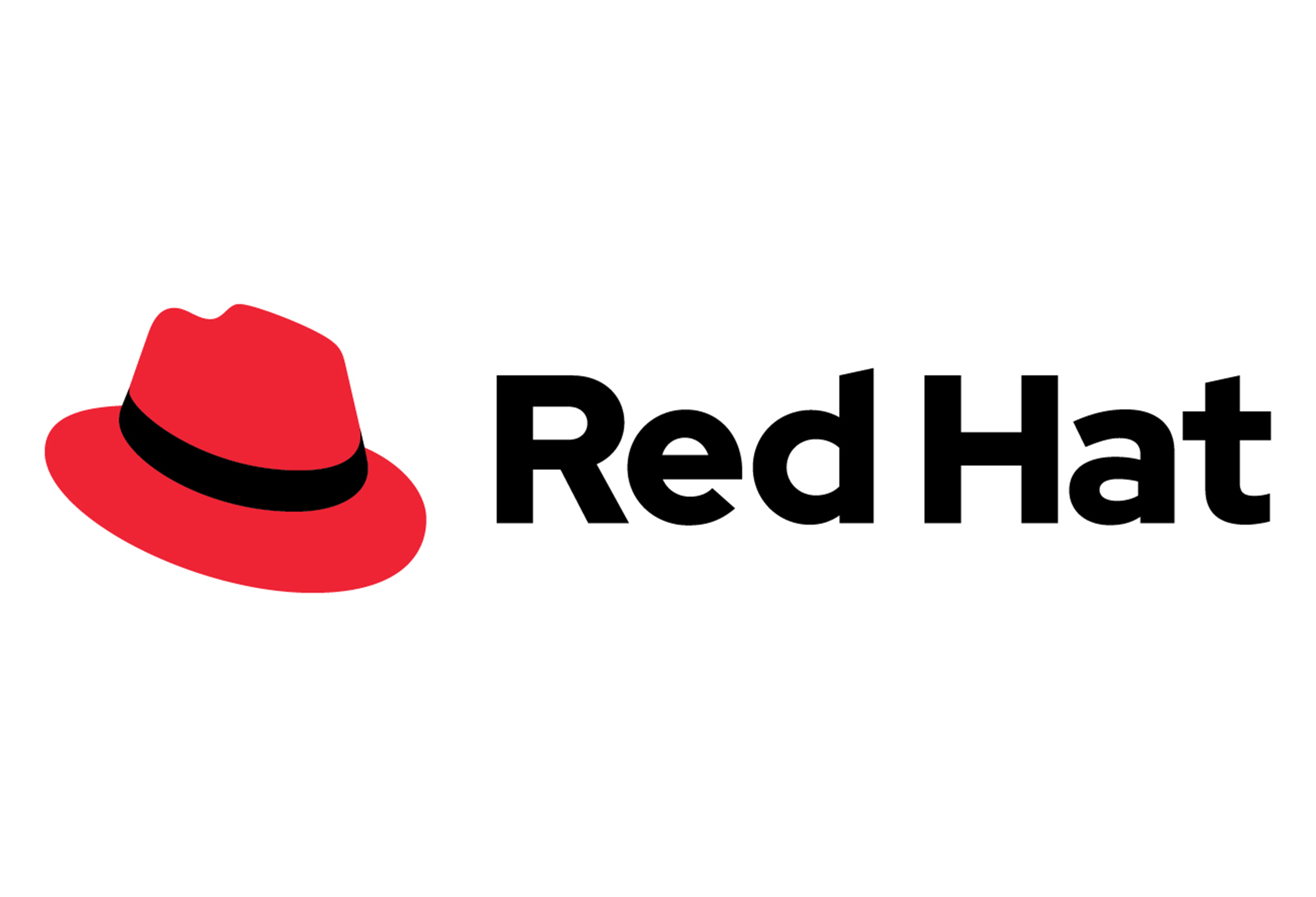
บทความโดยนายโจเซฟ การ์เซีย
รองประธานและผู้จัดการทั่วไป, Asian Growth & Emerging Markets (GEMs), เร้ดแฮท
องค์กรในอาเซียนให้ความสำคัญและเทความสนใจไปกับระบบอัตโนมัติมาก แต่ในภาวะที่ไม่สามารถคาดการณ์ได้ การนำระบบอัตโนมัติไปใช้ในองค์กรนั้นเหมาะสมกับวัตถุประสงค์ที่องค์กรของคุณตั้งไว้แล้วหรือยัง หาคำตอบได้จากบทความนี้ที่ว่าระบบอัตโนมัติสามารถช่วยสร้างแม่แบบ โครงสร้างพื้นฐานให้กับการทำงานด้านไอทีต่าง ๆ เพื่อให้เกิดผลลัพธ์ที่เป็นรูปธรรม และเกิดผลเชิงบวกต่อองค์กรทุกส่วนอย่างแท้จริงได้อย่างไร
สถานการณ์ในปี 2563 เป็นสิ่งที่องค์กรจำนวนมากไม่เคยเผชิญหรือคาดคิดมาก่อนว่าจะเกิดขึ้น และแสดงให้องค์กรเห็นว่า จำเป็นต้องเร่งความพยายามในการเปลี่ยนผ่านสู่ดิจิทัลให้เร็วขึ้นแทนที่จะหยุดชะงักไปตามสถานการณ์ ผลการศึกษาของ Harvard Business Review ระบุว่า 95% ของผู้บริหารในเอเชียแปซิฟิกระบุว่า ดิจิทัลทรานส์ฟอร์เมชั่นทวีความสำคัญต่อองค์กรธุรกิจในช่วง 18 เดือนที่ผ่านมา เห็นได้ชัดจากสัดส่วน 40% ของผู้บริหารในเอเชียแปซิฟิกที่กำลังพัฒนาและส่งแอปพลิเคชั่นใหม่ ๆ ออกสู่ตลาดอย่างรวดเร็ว เมื่อเปรียบเทียบกับสัดส่วนของผู้บริหารในภูมิภาคอื่นของโลกที่อยู่ที่ 23% การที่องค์กรต่าง ๆ เร่งดำเนินงานตามโปรแกรมดิจิทัล ทรานส์ฟอร์เมชั่นของตนให้เร็วขึ้น องค์กรเหล่านั้นควรพิจารณาว่าระบบอัตโนมัติคือก้าวสำคัญก้าวหนึ่งในกระบวนการเปลี่ยนผ่านนี้
รูปแบบไอทีใหม่ในปัจจุบันแบบไฮบริดที่ผสมผสานการใช้งานระหว่างเทคโนโลยีที่เป็นระบบดั้งเดิมที่ติดตั้งอยู่ในองค์กร ไพรเวทและพับลิคคลาวด์ กลยุทธ์ด้านเวิร์กโหลดของรูปแบบไอทีใหม่นี้ต้องพิจารณาถึงค่าใช้จ่าย ความปลอดภัย และความเชื่อถือได้ รวมถึงต้องรองรับข้อกำหนดและการปฏิบัติตามกฎระเบียบต่าง ๆ ด้วย ความท้าทายที่ใหญ่ที่สุดอย่างหนึ่งที่ทีมไอทีประสพคือ การหาวิธีลดกระบวนการและการทำงานแบบแมนนวลลง ผลการศึกษาของ IDC ที่สนับสนุนการจัดทำโดยเร้ดแฮทพบว่า 86% ของผู้เชี่ยวชาญด้านไอทีกล่าวว่า “ระบบอัตโนมัติมีความสำคัญมาก ต่อกลยุทธ์การใช้คลาวด์ในอนาคตขององค์กร”
แม้ว่าการทำงานแต่ละชิ้นแบบอัตโนมัติจะเป็นตัวช่วยแก้ปัญหาหลายประการ แต่เมื่อระบบไอทีขององค์กรเติบโตขึ้น ความพยายามที่จะติดตามตรวจสอบกระบวนการอัตโนมัติหลาย ๆ รายการตามชิ้นงานแต่ละชิ้น อาจก่อให้เกิดความสับสนได้มากพอ ๆ กับประโยชน์ที่ได้รับจากการที่ระบบอัตโนมัติช่วยแก้ปัญหาต่าง ๆ รายงานจาก Forrester Research ยังระบุว่าระบบอัตโนมัติคือ “สิ่งหลีกเลี่ยงไม่ได้ที่สำคัญมาก” (boardroom imperative) ของทุกอุตสาหกรรมและทุกภูมิภาค สำหรับระบบเครือข่ายอัตโนมัติ ผู้นำทางเทคโนโลยีควรมองหาโซลูชั่นที่ช่วยให้ผู้ใช้งานสามารถบริหารจัดการนโยบาย การบังคับใช้ และกระบวนการต่าง ๆ ณ ที่ระดับของโดเมน การแก้ปัญหาต่าง ๆ ในเวลาและที่เดียวกันช่วยให้สามารถปรับขนาดการทำงานได้ง่าย ในขณะเดียวกันก็ทำให้มีแบนด์วิดท์เพิ่มขึ้นเพื่อให้มีเวลาไปทำงานเชิงยุทธศาสตร์ได้มากขึ้น
คุณค่าที่เห็นได้ชัดของระบบอัตโนมัติคือการขจัดการทำงานที่ต้องทำซ้ำ ๆ
ประโยชน์ที่เห็นได้ชัดเจนที่สุดคือการลดค่าใช้จ่าย การนำระบบอัตโนมัติไปใช้ในกิจกรรมหรือกลุ่มงานต่าง ๆ หมายถึงการลดเวลาในการทำงานแบบแมนนวลลงไป ทีมไอทีสามารถใช้กระบวนการแบบใหม่เพื่อสร้าง DevOps และ DevSecOps และนำไปใช้สร้างสรรค์แอปพลิเคชั่นใหม่ ๆ และอัปเดทได้ทันตามเวลาที่ต้องการ ตัวอย่าง SingTel ของประเทศสิงค์โปร์ที่ได้สร้างเพลย์บุ๊กสำหรับบริหารจัดการการตั้งค่า และ ระบบอัตโนมัติสำหรับงานที่ต้องใช้เวลามาก รวมถึงงานที่ต้องทำซ้ำ ๆ เช่นการวินิจฉัยและการทำรายงาน การทำเช่นนี้ไม่เพียงช่วยให้มั่นใจได้ว่าการทำงานจะเสถียร และระบบเครือข่ายมีความพร้อมใช้งานเท่านั้น แต่ยังช่วยให้พนักงานไม่ต้องทำงานที่ต้องทำซ้ำ ๆ เป็นประจำ ไปโฟกัสกับงานที่สร้างรายได้ให้กับองค์กรได้มากขึ้น การมีระบบงานที่สอดคล้องกันให้กับการพัฒนาซอฟต์แวร์และการทำงานด้านไอทีทุกส่วน ไม่ว่าจะทำงานบนเซิร์ฟเวอร์ ไปจนถึงไฮบริดมัลติ-คลาวด์จะช่วยขับเคลื่อนองค์กรให้ประสบความสำเร็จมากขึ้นอย่างต่อเนื่อง
ระบบอัตโนมัติยังช่วยให้สามารถดูแลตนเองและกระจายงานได้ เมื่อทุกคนทำงานกับองค์ประกอบรูปแบบใหม่ ๆ เหมือนที่เราทำกันในปัจจุบันกับพนักงานจำนวนมากที่ทำงานจากระยะไกล เราต่างอยู่ภายใต้แรงกดดันด้านทรัพยากรและเวลา การกระจายงานและการดูแลตนเองจึงเป็นสิ่งสำคัญที่ใช้แก้ไขความท้าทายใหม่ ๆ เหล่านี้ได้ Microsoft ใช้ประโยชน์จากระบบอัตโนมัติในการทรานส์ฟอร์มวิธีการบริหารจัดการเครือข่ายต่าง ๆ และเครือข่ายอัตโนมัติภายในระบบนิเวศด้านพันธมิตรขององค์กร ซึ่งประกอบด้วยผู้จำหน่ายฮาร์ดแวร์, เทคโนโลยีต่าง ๆ และข้อกำหนดของผู้จำหน่ายทั้งหลายที่แตกต่างกัน ทั้งนี้ Microsoft ได้ทำงานกับสังคมเครือข่ายของ Red Hat Ansible Automation Platform ซึ่งช่วยขับเคลื่อนความล้ำหน้าต่าง ๆ ให้กับระบบเครือข่ายสำหรับลูกค้าระดับองค์กรของ Microsoft
ทีมต่าง ๆ ไม่สามารถเขียนโค้ดและสร้างผลิตภัณฑ์โดยไม่มีการกำกับดูแล หากปราศจากการทบทวน และ การควบคุมในระดับที่เหมาะสม องค์กรต่าง ๆ จะตกอยู่ในความเสี่ยงเพราะเป็นการเปิดช่องโหว่ด้านความปลอดภัย และการกำหนดค่าต่าง ๆ ซึ่งเป็นเหตุให้ต้องดึงทรัพยากรที่มีค่า เวลา และเงินมาใช้แก้ปัญหาที่ไม่ควรเกิดขึ้นเลยตั้งแต่เริ่มแรก นอกจากนี้ การกำกับดูแลในประเด็น “ใครได้รับอนุญาตให้ทำอะไรได้บ้าง” เป็นสิ่งสำคัญเมื่อจะพิจารณาใช้ระบบอัตโนมัติ โดยเฉพาะอย่างยิ่งกับเศรษฐกิจและธุรกิจต่าง ๆ ในอาเซียนที่มีการใช้เทคโนโลยีอย่างก้าวกระโดด
ต่อไปจะเกิดอะไรขึ้น: ระบบอัตโนมัติที่ขับเคลื่อนด้วยปัญญาประดิษฐ์ (AI)
ข้อมูลอยู่ทุกหนแห่ง ดังนั้นเมื่อคุณประมวลข้อมูลจำนวนมากเหล่านั้น คุณต้องการให้ AI ของคุณได้รับข้อมูลเชิงลึกจากข้อมูลที่รวบรวมไว้และมีความชาญฉลาดที่ถูกต้องแท้จริง เพื่อให้คุณอยู่ในสถานะพร้อมที่สุดที่จะทำการปรับแต่ง แก้ไข และตอบสนอง ทั้งนี้ AI และระบบอัตโนมัติเป็นของคู่กันโดยธรรมชาติ เพราะ AI สามารถขับเคลื่อนระบบอัตโนมัติ ในปี 2564 เราคาดการณ์ว่าองค์กรต่าง ๆ จะผสานรวมระบบอัตโนมัติเข้ากับ AI/ML (แมชชีนเลิร์นนิ่ง) เพื่อสร้างชั้นตอนการทำงานเกี่ยวกับข้อมูลเชิงลึกอัตโนมัติที่ได้รับการออกแบบมาเพื่อเพิ่มประสิทธิภาพให้กับกระบวนการต่าง ๆ ทางธุรกิจขึ้นมาอีกระดับหนึ่ง การนำ AI/ML มาใช้นั้นมาพร้อมกับความท้าทายต่าง ๆ เช่นกัน การจะใช้ประโยชน์จาก AI ได้อย่างเต็มประสิทธิภาพนั้น องค์กรจะจำเป็นต้องบริหารจัดการความซับซ้อนต่าง ๆ ของซอฟต์แวร์สแต็กที่กำลังพัฒนาขึ้นมา, เตรียมโครงสร้างพื้นฐานที่จำเป็นได้อย่างรวดเร็ว, จัดหาข้อมูลที่เกี่ยวข้องกัน และสะสางหรือแปลงข้อมูลให้อยู่ในรูปแบบที่นำไปใช้ประโยชน์กับโมเดลที่เป็น AI ต่าง ๆ ได้
ธนาคารต่าง ๆ ในเอเชียตะวันออกเฉียงใต้กำลังใช้ระบบอัตโนมัติที่ทำงานด้วยหุ่นยนต์ (robotic process automation: RPA) เพื่อให้การอนุมัติการสมัครใช้งานบัตรเครดิต, การชำระเงินอัตโนมัติ และการตรวจสอบ การเรียกร้องสิทธิ์ต่าง ๆ การที่ RPA สามารถเสริมแต่งและเลียนแบบการตัดสินใจและพฤติกรรมของมนุษย์ เพื่อทำสำเนาการกระทำของมนุษย์ที่ต้องปฏิบัติตามกฎต่าง ๆ ที่ตั้งไว้ได้ ทำให้ช่วยลดเวลาในการทำงาน เหล่านั้นให้สำเร็จ และช่วยให้พนักงานมีเวลาไปโฟกัสกับงานเชิงกลยุทธ์ต่าง ๆ ตัวอย่างของภาครัฐ เช่น PERKESO หน่วยงานประกันสังคมของประเทศมาเลเซีย ใช้กระบวนการอัตโนมัติในการลดค่าใช้จ่ายในการดำเนินงาน และเพิ่มความพร้อมในการให้บริการได้มากขึ้น กระบวนการอัตโนมัติช่วยให้พนักงานมากกว่า 400,000 คน สามารถทำธุรกรรมต่าง ๆ เช่น การส่งเงินสมทบและการชำระเงินผ่านช่องทางดิจิทัลใหม่ของ PERKESO ได้ แทนที่จะต้องไปทำธุรกรรมเหล่านั้นที่สำนักงานสาขา ซึ่งไม่เพียง PERKESO จะสามารถให้บริการลูกค้าปัจจุบันได้ดีขึ้น แต่ยังช่วยให้พวกเขาขยายขอบเขตการควบคุม และช่วยให้มั่นใจว่าพนักงานที่ทำงานอยู่ในกลุ่มอาชีพใหม่ ๆ เช่น พนักงานขับรถที่ทำงานกับการให้บริการผ่านแอปพลิเคชั่น (e-hailing) จะได้รับการคุ้มครองภายใต้ข้อบังคับของรัฐบาลด้วยเช่นกัน
ระบบอัตโนมัติช่วยให้องค์กรต่าง ๆ สามารถออกแบบและปรับโครงสร้างพื้นฐานเดิมที่มีอยู่ได้อย่างชาญฉลาด ในขณะเดียวกันระบบอัตโนมัติก็กำลังเปลี่ยนระบบไอทีแบบเดิมไปเป็นคลาวด์-เนทีฟ ระบบอัตโนมัติยังใช้ข้อมูลเพื่อเจาะหาข้อมูลเชิงลึกสำหรับใช้ประโยชน์ทางธุรกิจ ช่วยให้องค์กรมั่นใจในความปลอดภัย และการปฏิบัติตามกฎระเบียบ ทั้งยังช่วยให้ใช้งานบนไฮบริดคลาวด์ได้อย่างคล่องตัว หากการปรับเปลี่ยนคือสิ่งที่หลีกเลี่ยงไม่ได้ในปีนี้แล้ว องค์กรต่าง ๆ ก็ควรพิจารณานำระบบอัตโนมัติมาใช้เป็นส่วนสำคัญพื้นฐาน เพื่อให้ดิจิทัลทรานส์ฟอร์เมชั่นที่องค์กรกำลังดำเนินอยู่ประสบความสำเร็จอย่างงดงาม
